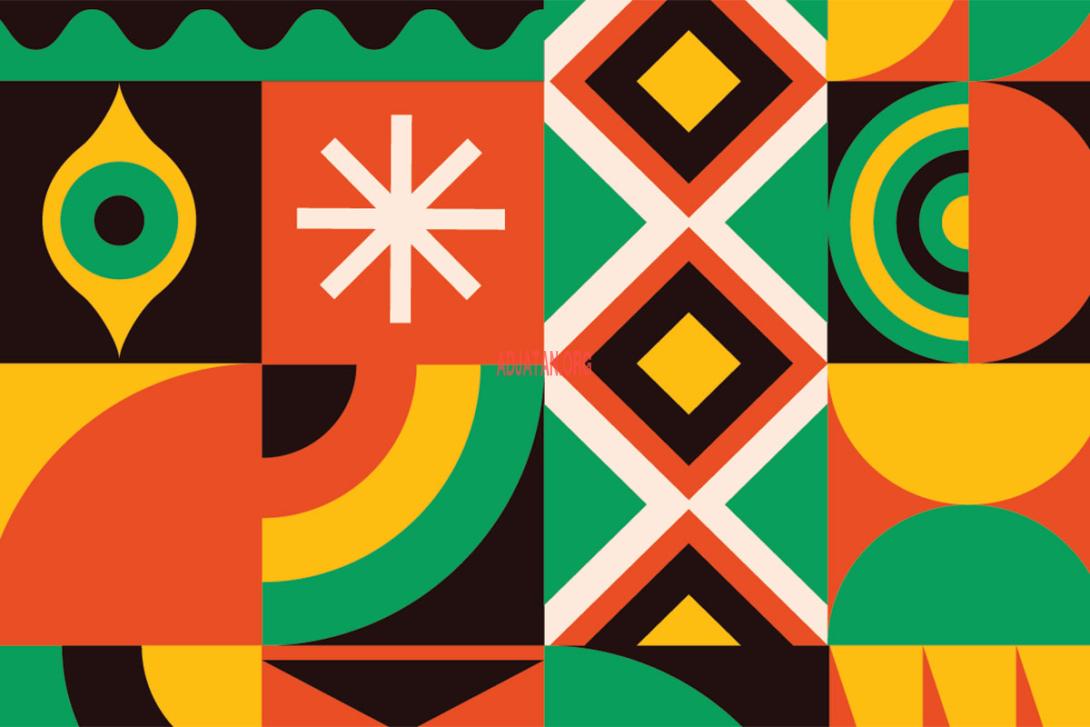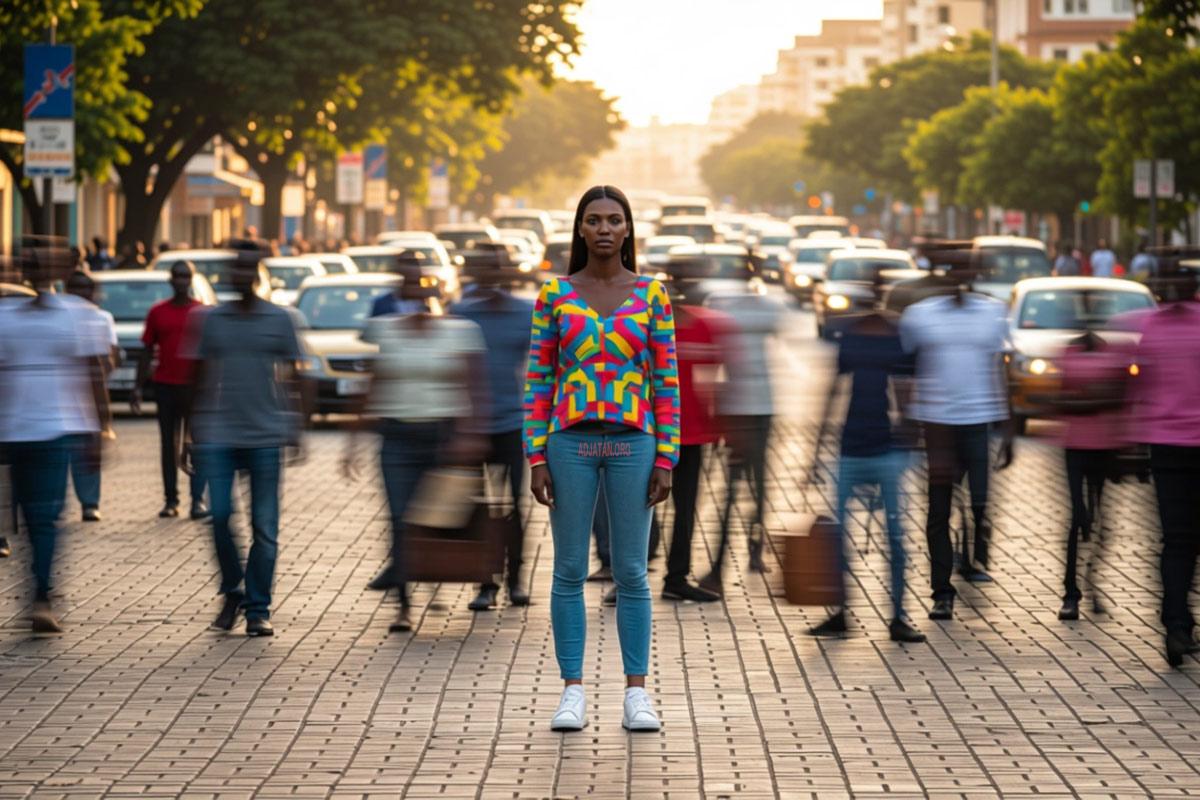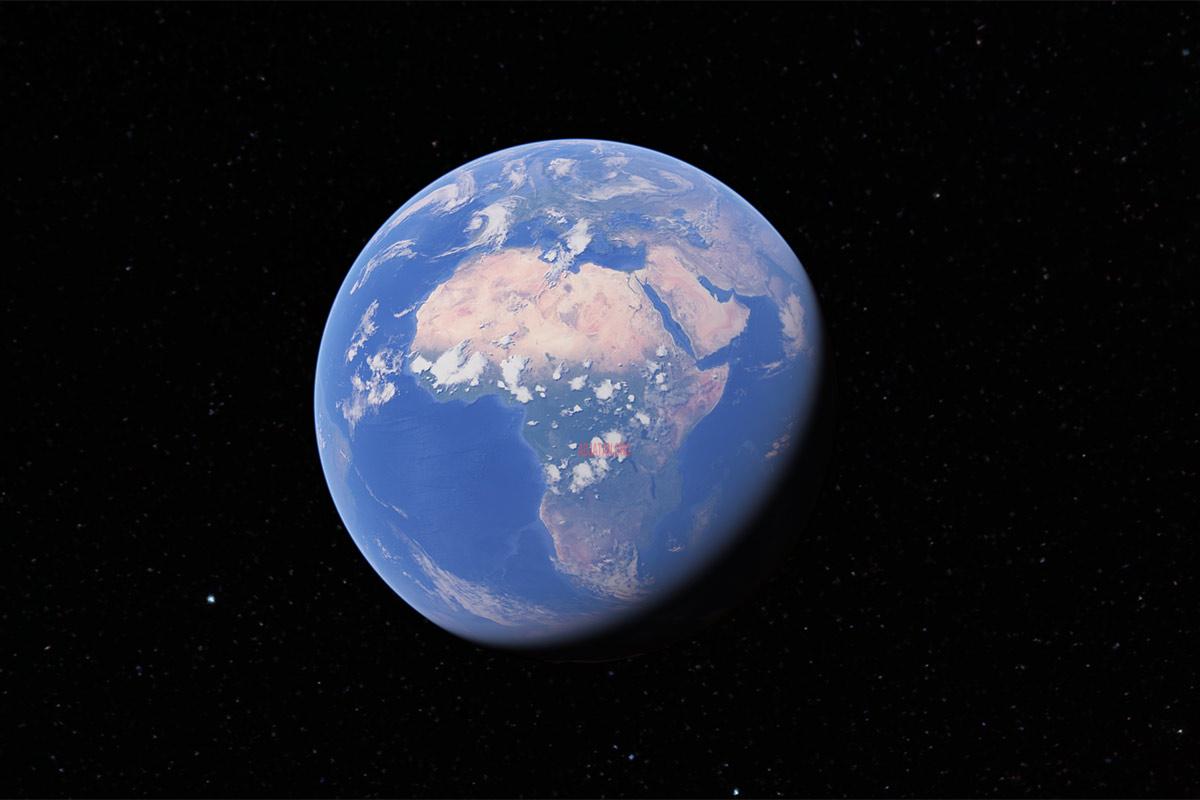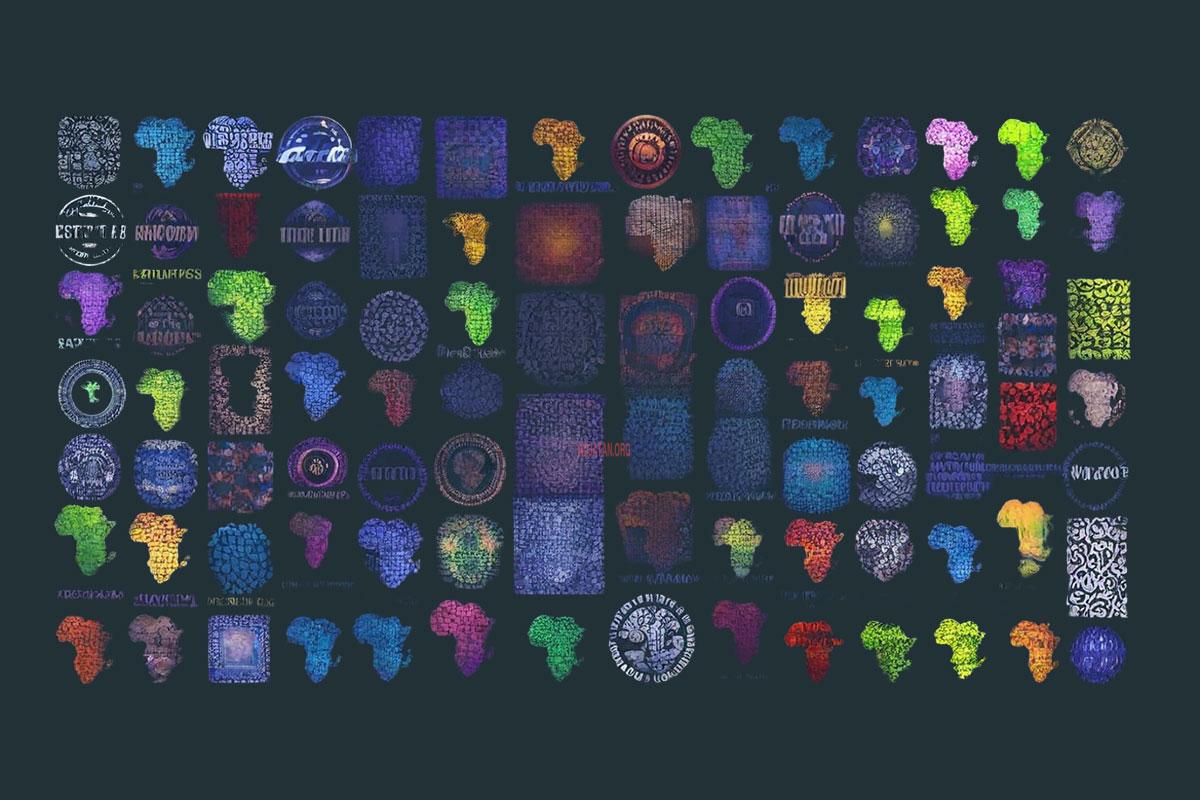
There's something magical about bringing static artwork to life. As developers who work with digital design, we can transform traditional pattern artwork—particularly rich, culturally significant African patterns—into dynamic animations that create a new dimension of visual storytelling.
In this article, I'll guide you through the process of converting static pattern artwork into engaging SVG animations, using a beautiful African-inspired geometric pattern as our canvas.
The Power of Animated SVGs in Design
In today's digital landscape, static images often struggle to capture and maintain attention. Animation breathes life into visual elements, creating engaging experiences that resonate with viewers. This is especially true for cultural artworks like African patterns, whose inherent rhythm and geometry naturally lend themselves to animation.
Why African Patterns Make Excellent Subjects for SVG Animation
African patterns are particularly well-suited for SVG animation because of several characteristics:
- Geometric precision: Their mathematical structure translates perfectly to vector formats
- Color richness: Bold, contrasting colors create dramatic animation effects
- Modular design: Individual elements can be animated separately for complex effects
- Repetition and rhythm: Natural animation opportunities exist within the repeating patterns
The Transformation Process: From Static Pattern to Dynamic Animation
Step 1: Converting Your Pattern to SVG
Before we can animate our African pattern, we need to convert it to SVG format. If you're starting with a PNG or EPS file:
- Open in Adobe Illustrator: Import your pattern file
- Clean up the artwork: Remove any unnecessary elements and optimize for web
- Structure elements logically: Group related shapes and apply appropriate class names
- Export as SVG: Use the "Export As..." option, selecting SVG as the file format
Step 2: Understanding the SVG Structure
Looking at our African pattern SVG, we can see it uses several color classes:
<style>
.cls-1 { fill: #200807; } /* Dark brown/black */
.cls-2 { fill: #0d9e5c; } /* Green */
.cls-3 { fill: #feebdb; } /* Light beige */
.cls-4 { fill: #ffbd02; } /* Yellow/gold */
.cls-5 { fill: #ed4d15; } /* Orange/red */
</style>This classification makes it easy to target specific colors for animation.
Step 3: Animating with CSS
The real magic happens when we apply CSS animations to our SVG elements. Let's look at some practical examples:
Pulse Animation
.cls-1 {
animation: pulseFill 5s ease-in-out infinite;
}
@keyframes pulseFill {
0%, 100% { fill: #200807; }
50% { fill: #ffbd02; }
}This creates a subtle pulsing effect where dark elements (with class .cls-1) gradually transform to gold and back.
Color Shift Animation
.color-shift .cls-2 {
animation: colorShift 8s ease-in-out infinite;
}
@keyframes colorShift {
0%, 100% { fill: #0d9e5c; }
33% { fill: #2980b9; }
66% { fill: #16a085; }
}This animation cycles elements through different colors in the palette.
Rotation Animation
.spin-elements .cls-3 {
animation: spinElement 15s linear infinite;
transform-origin: center;
}
@keyframes spinElement {
from { transform: rotate(0deg); }
to { transform: rotate(360deg); }
}This creates a perpetual spinning effect for selected elements.
Potential Applications for Animated African Pattern SVGs
These animated patterns can serve numerous practical purposes in digital design:
- Digital Backgrounds: For websites, presentations, and digital media
- Loading Screens: Engaging animations while content loads
- Digital Art: Interactive displays and digital exhibitions
- Educational Materials: Visual aids for teaching about cultural patterns
- Branded Content: Distinctive visual elements for brand identity
Technical Advantages of SVG for Pattern Animation
SVG (Scalable Vector Graphics) offers several advantages for animated patterns:
- Resolution independence: Maintains crisp edges at any size
- Small file sizes: Loads quickly compared to video or GIF alternatives
- Individual element targeting: Animate specific components independently
- CSS/JavaScript integration: Create complex animations using standard web technologies
- Performance efficiency: SVG animations are typically less resource-intensive than video
- Accessibility: Can include metadata and descriptions for screen readers
- Cross-browser support: Works across all modern browsers without plugins
Advanced Animation Techniques
Layered Animations
For more sophisticated effects, consider layering different animation types. For example, combining color shifts with rotation or scaling:
.advanced-element {
animation:
colorPulse 4s ease-in-out infinite,
rotate 10s linear infinite;
transform-origin: center;
}Interactive Animations
Adding simple JavaScript allows your patterns to respond to user interaction:
document.querySelector('.pattern-element').addEventListener('mouseover', function() {
this.classList.add('animated-state');
});Animation Sequencing
Creating sequential animations where elements animate one after another creates a storytelling effect:
.element-2 {
animation: fadeIn 2s ease-in-out 0.5s forwards;
}
.element-3 {
animation: fadeIn 2s ease-in-out 1s forwards;
}Cultural Considerations
When animating African patterns, it's important to approach the work with cultural sensitivity:
- Research the pattern's origin and cultural context
- Consider how animation choices might complement or enhance the pattern's traditional meaning
- Credit and acknowledge the cultural sources of inspiration when appropriate
- Consult with cultural experts for commercial or major projects
Practical Implementation Tips
- Optimize your SVG: Use tools like SVGOMG to clean up unnecessary code
- Use CSS variables: For easily adjustable animation properties
- Test performance: Ensure animations run smoothly on various devices
- Consider animation timing: Slower animations often work better for intricate patterns
- Provide static fallbacks: For environments where animation isn't supported
Live Demo: Interactive African Pattern Animation
Below is a live demonstration of the animation techniques discussed. Use the buttons to apply different animation effects to the pattern.
Conclusion
By transforming static African patterns into dynamic SVG animations, we can create engaging digital experiences that preserve and celebrate cultural artistry while enhancing user interaction. These animations combine the powerful cultural heritage of traditional African design with modern web technologies.
The techniques presented here are just a starting point. As you experiment with SVG animations, you'll discover countless creative possibilities for bringing these patterns to life in ways that honor their origins while making them accessible to contemporary audiences.
Remember that the most successful animations will be those that complement and enhance the inherent qualities of the pattern itself. By respecting the cultural significance and artistic integrity of African patterns while thoughtfully applying animation techniques, you can create digital experiences that are both technically impressive and culturally meaningful.





